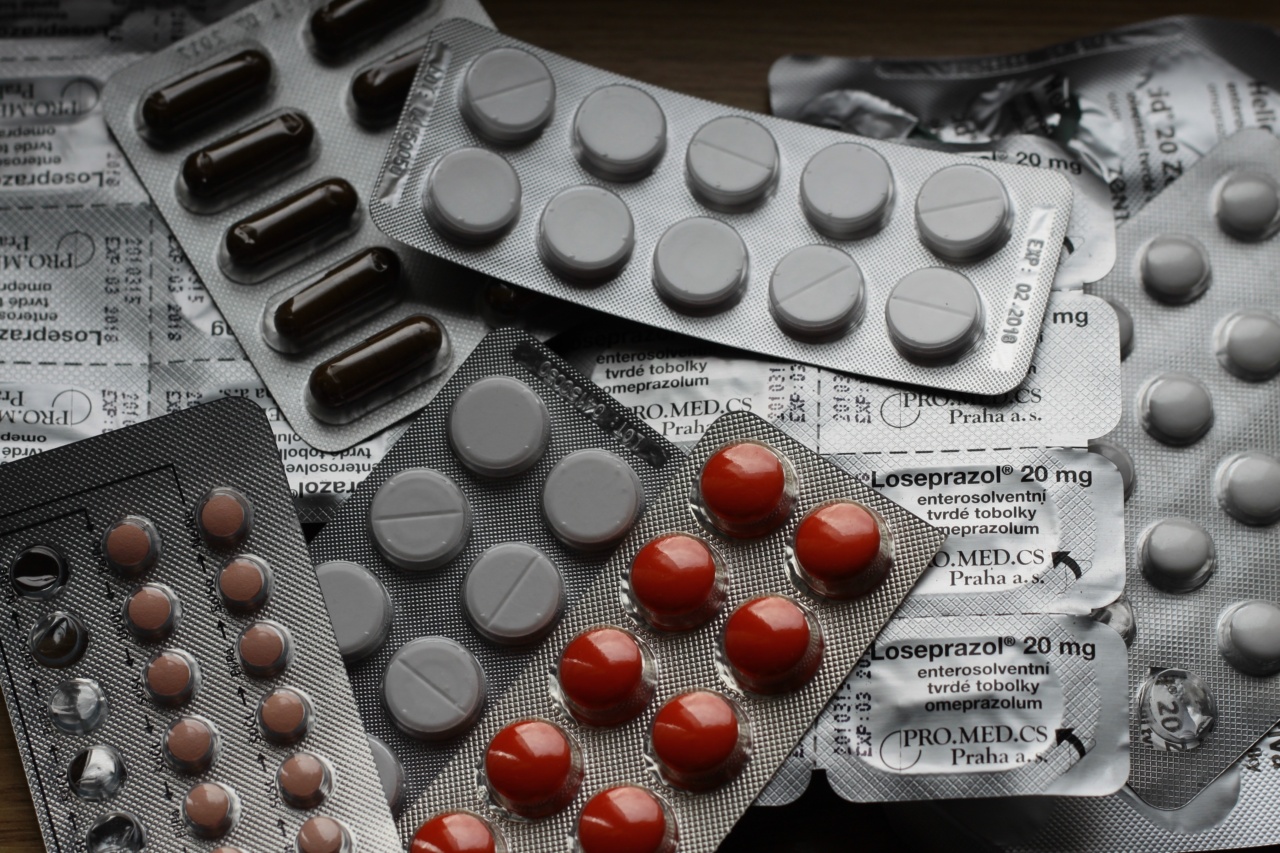Pelvic pain is a common complaint among women, and it can be caused by various factors. The pain can range from mild discomfort to severe pain, and it can occur in different parts of the pelvis.
In most cases, pelvic pain is not a cause for concern, but it can be a sign of an underlying condition that requires medical attention. This article discusses the causes and treatments of pelvic pain.
Causes of Pelvic Pain
There are many potential causes of pelvic pain, including:.
1. Menstrual Cramps
Menstrual cramps are the most common cause of pelvic pain among women. During menstruation, the uterus contracts to shed its lining, which can cause discomfort or pain. This pain can be felt in the lower abdomen, lower back, and pelvic area.
In most cases, menstrual cramps are not a sign of an underlying condition and can be managed with over-the-counter pain medications.
2. Ovulation
Some women experience pain during ovulation, which occurs about two weeks before menstruation. Ovulation pain, also known as mittelschmerz, can be felt on one side of the lower abdomen and can range from mild to severe.
It is caused by the release of an egg from the ovary and is usually not a sign of an underlying condition.
3. Endometriosis
Endometriosis is a condition in which tissue similar to the lining of the uterus grows outside the uterus, such as on the ovaries, fallopian tubes, and pelvis. This tissue can cause inflammation, scarring, and pain.
The pain can be felt in the lower abdomen, lower back, and pelvic area, and it can be severe. Endometriosis can also cause infertility in some women.
4. Pelvic Inflammatory Disease (PID)
PID is an infection of the female reproductive organs, including the uterus, ovaries, and fallopian tubes. It is usually caused by sexually transmitted infections like chlamydia and gonorrhea.
PID can cause pelvic pain, fever, and vaginal discharge, and it can lead to infertility if left untreated.
5. Uterine Fibroids
Uterine fibroids are noncancerous growths on the uterus. They can cause pelvic pain, heavy menstrual bleeding, and discomfort during sex.
Uterine fibroids are common among women of reproductive age and usually do not require treatment unless they cause symptoms.
6. Ovarian Cysts
Ovarian cysts are fluid-filled sacs that form on the ovaries. They can cause pelvic pain, bloating, and discomfort during sex. Most ovarian cysts are harmless and go away on their own, but some may require medical treatment.
7. Miscarriage or Ectopic Pregnancy
Pelvic pain can be a sign of a miscarriage or an ectopic pregnancy. A miscarriage is the loss of a pregnancy before the 20th week, and an ectopic pregnancy is a pregnancy that occurs outside the uterus, usually in the fallopian tube.
Both conditions can cause pelvic pain, vaginal bleeding, and cramping.
8. Interstitial Cystitis
Interstitial cystitis is a chronic condition that causes bladder pain and pelvic pain. It is also known as painful bladder syndrome.
The cause of interstitial cystitis is unknown, but it can be managed with lifestyle changes, medications, and other treatments.
9. Urinary Tract Infection (UTI)
A UTI is an infection of the urinary tract, including the bladder and urethra. It can cause pelvic pain, frequent urination, and a burning sensation during urination. UTIs are common among women, and they can be treated with antibiotics.
10. Irritable Bowel Syndrome (IBS)
IBS is a chronic condition that affects the digestive system. It can cause abdominal pain, bloating, and diarrhea or constipation. IBS can also cause pelvic pain, especially during bowel movements.
Treatments for Pelvic Pain
The treatment for pelvic pain depends on the underlying cause. In many cases, over-the-counter pain medications like ibuprofen or acetaminophen can provide relief. However, if the pain is severe or persistent, medical attention may be necessary.
1. Hormonal Birth Control
For women with menstrual cramps or endometriosis, hormonal birth control can be an effective treatment. Birth control pills, patches, and hormonal IUDs can help regulate the menstrual cycle and reduce pain.
Hormonal birth control can also prevent the growth of endometrial tissue outside the uterus.
2. Antibiotics
If the pelvic pain is caused by PID or a UTI, antibiotics may be necessary to clear the infection. It is important to complete the full course of antibiotics to ensure that the infection is fully treated.
3. Surgery
In some cases, surgery may be necessary to treat pelvic pain. For example, surgery may be needed to remove uterine fibroids, endometrial implants, or ovarian cysts.
Surgery may also be necessary in case of ectopic pregnancy or other life-threatening conditions.
4. Pelvic Floor Physical Therapy
Pelvic floor physical therapy is a treatment option for women with pelvic pain caused by muscle tension or weakness. The therapy involves exercises that help strengthen and relax the pelvic floor muscles.
5. Lifestyle Changes
For women with pelvic pain caused by IBS or interstitial cystitis, lifestyle changes can be helpful. Some changes that may provide relief include a balanced diet, stress management, and pelvic floor relaxation exercises.
Conclusion
Pelvic pain can have many causes, and it is important to seek medical attention if the pain is severe or persistent. Treatment options depend on the underlying cause of the pain and can range from over-the-counter pain medications to surgery.
Women should also consider lifestyle changes to help manage the pain and prevent future occurrences.





























